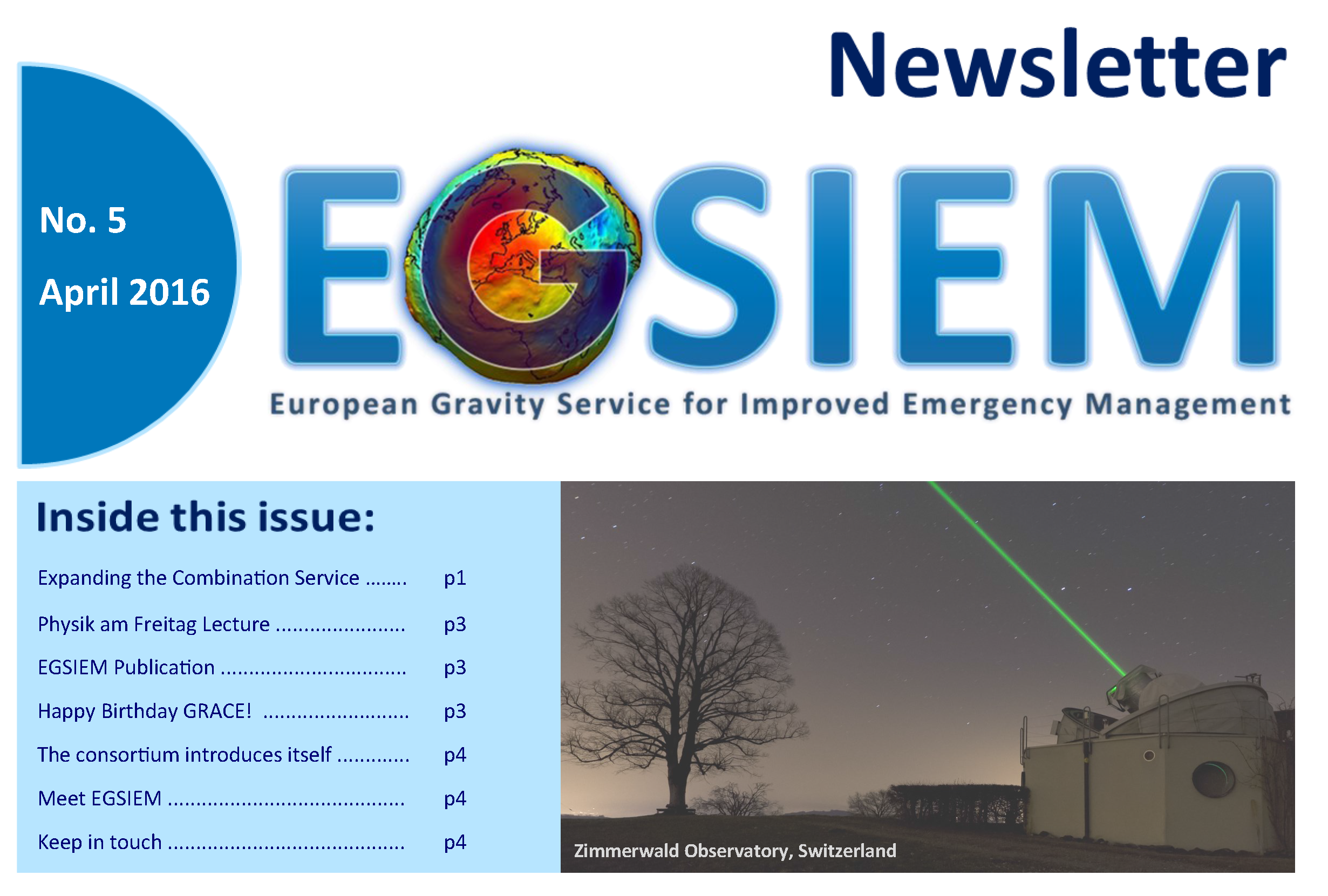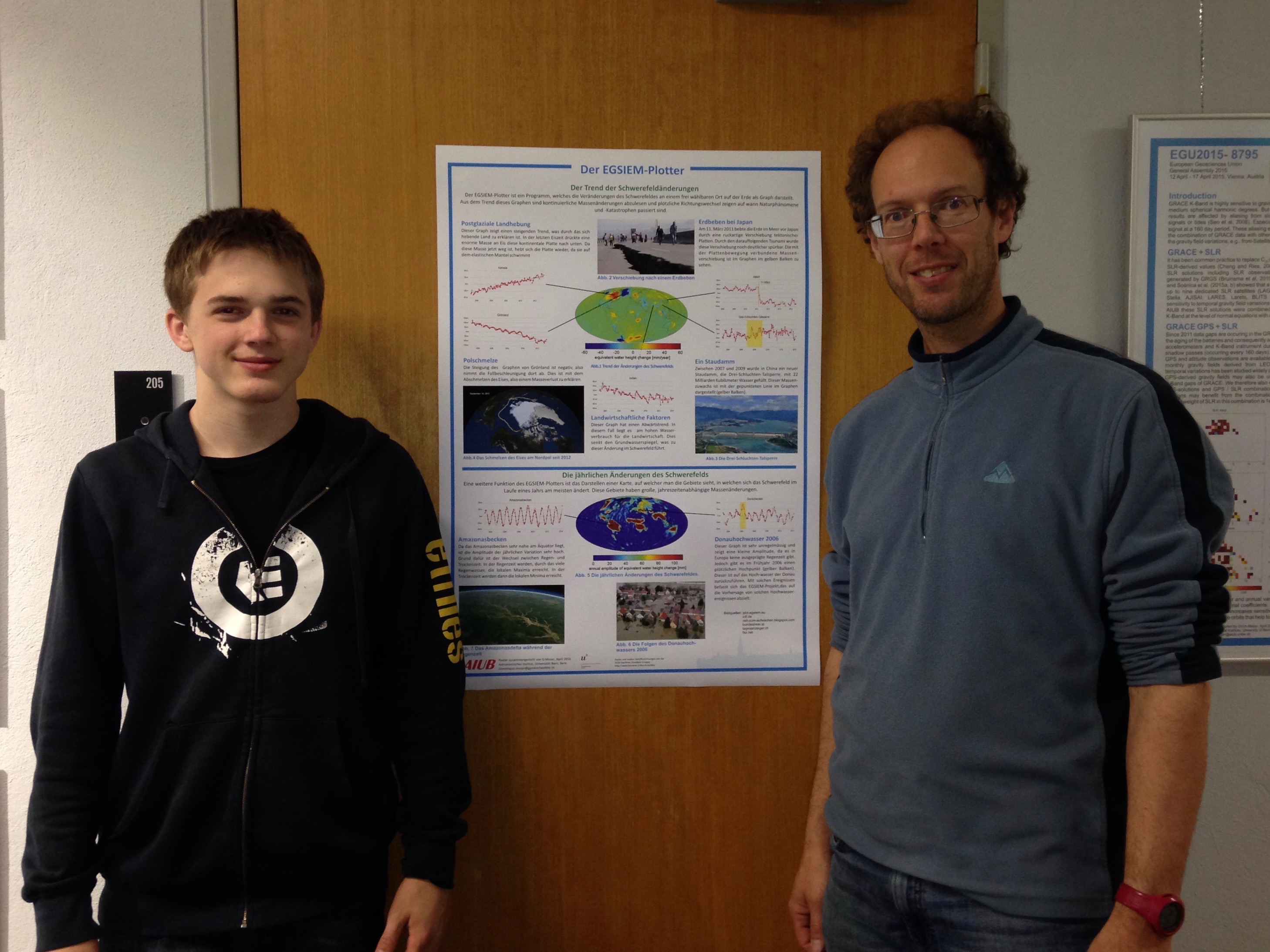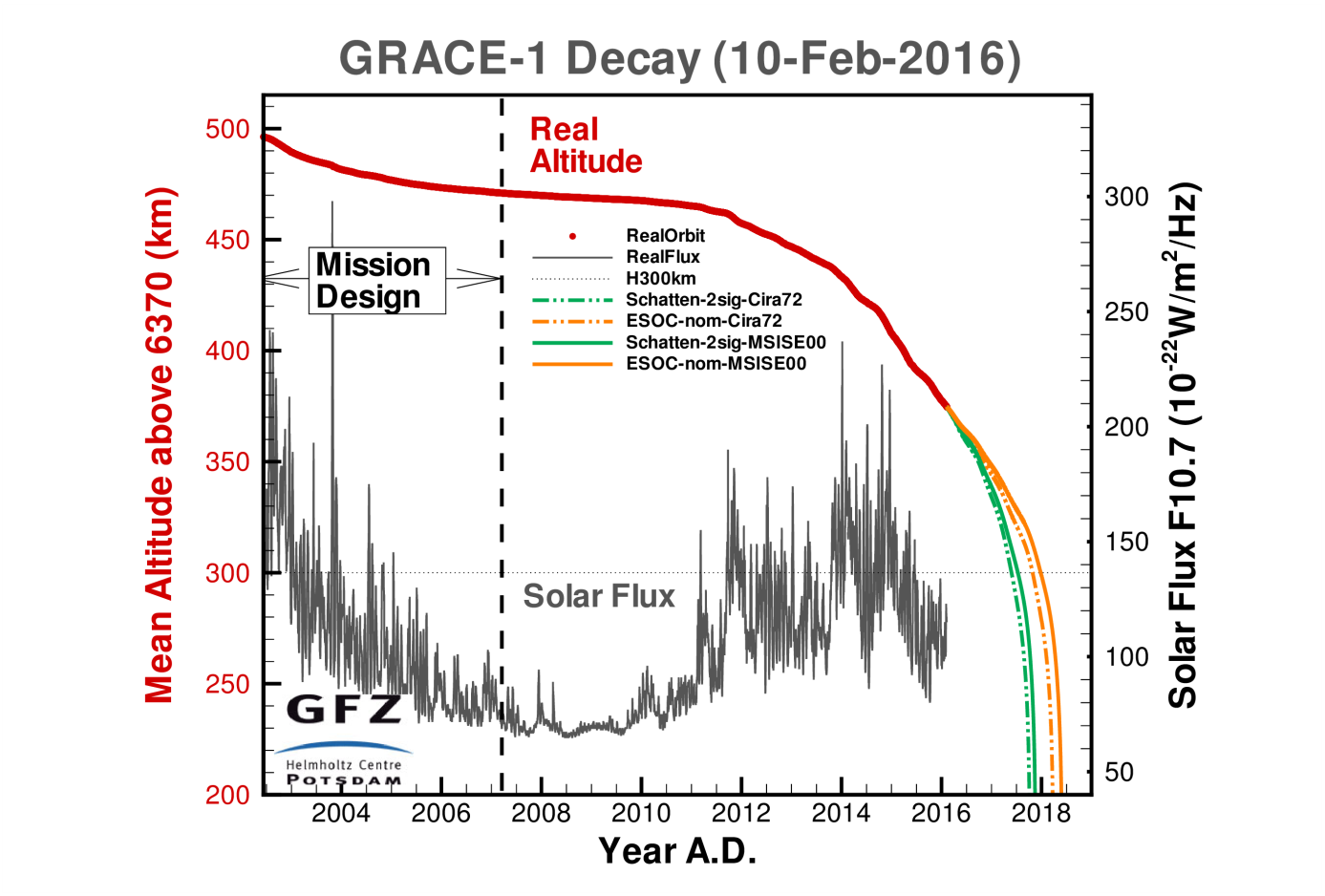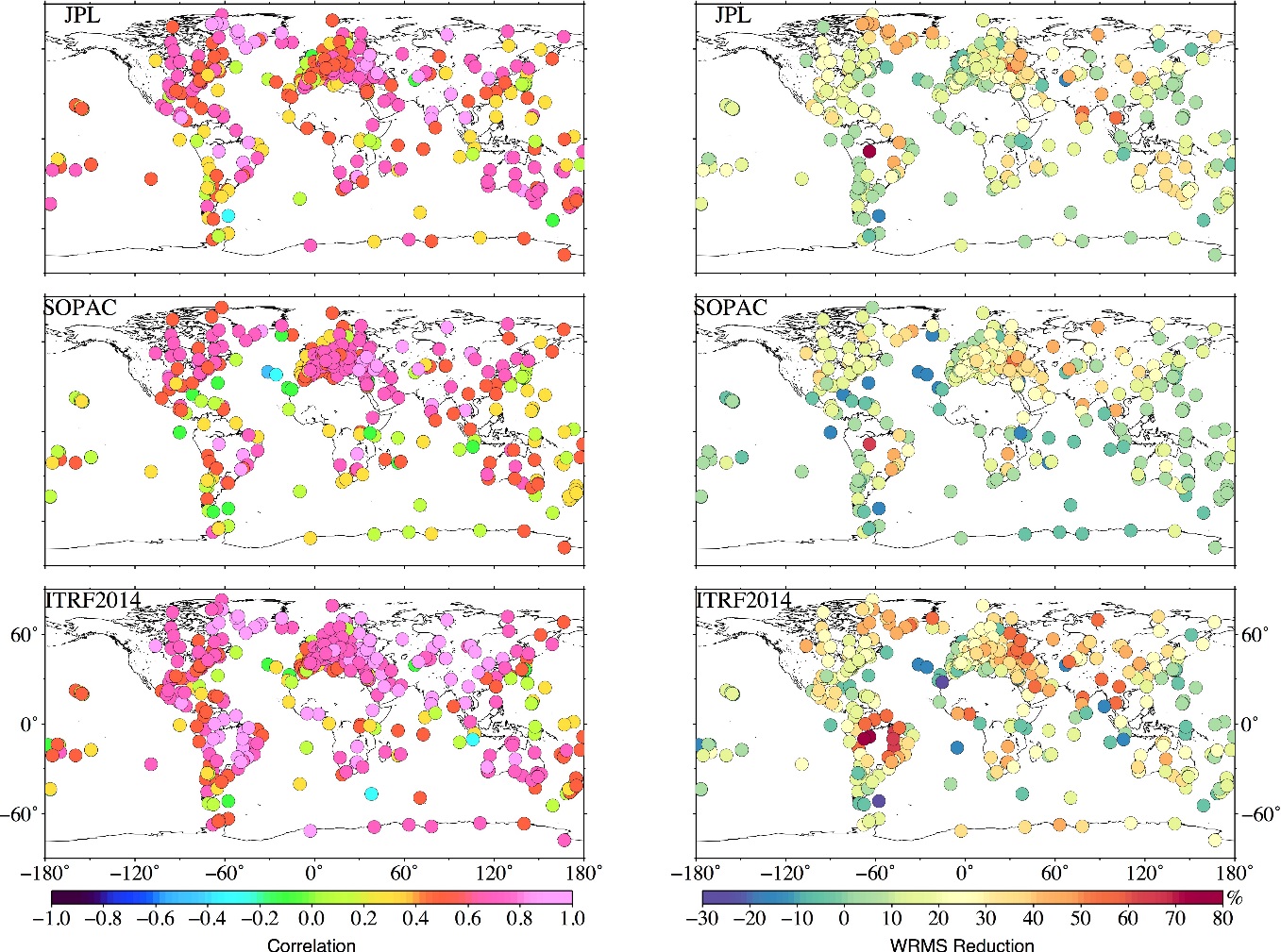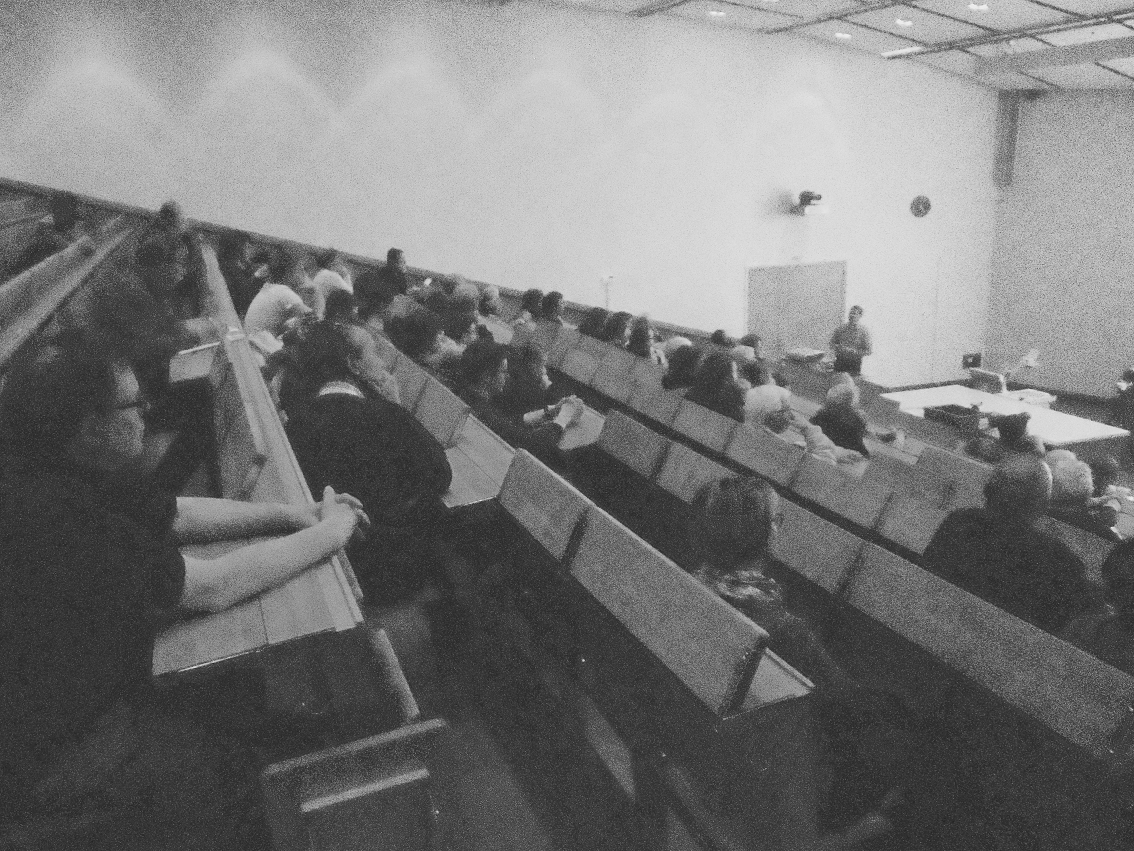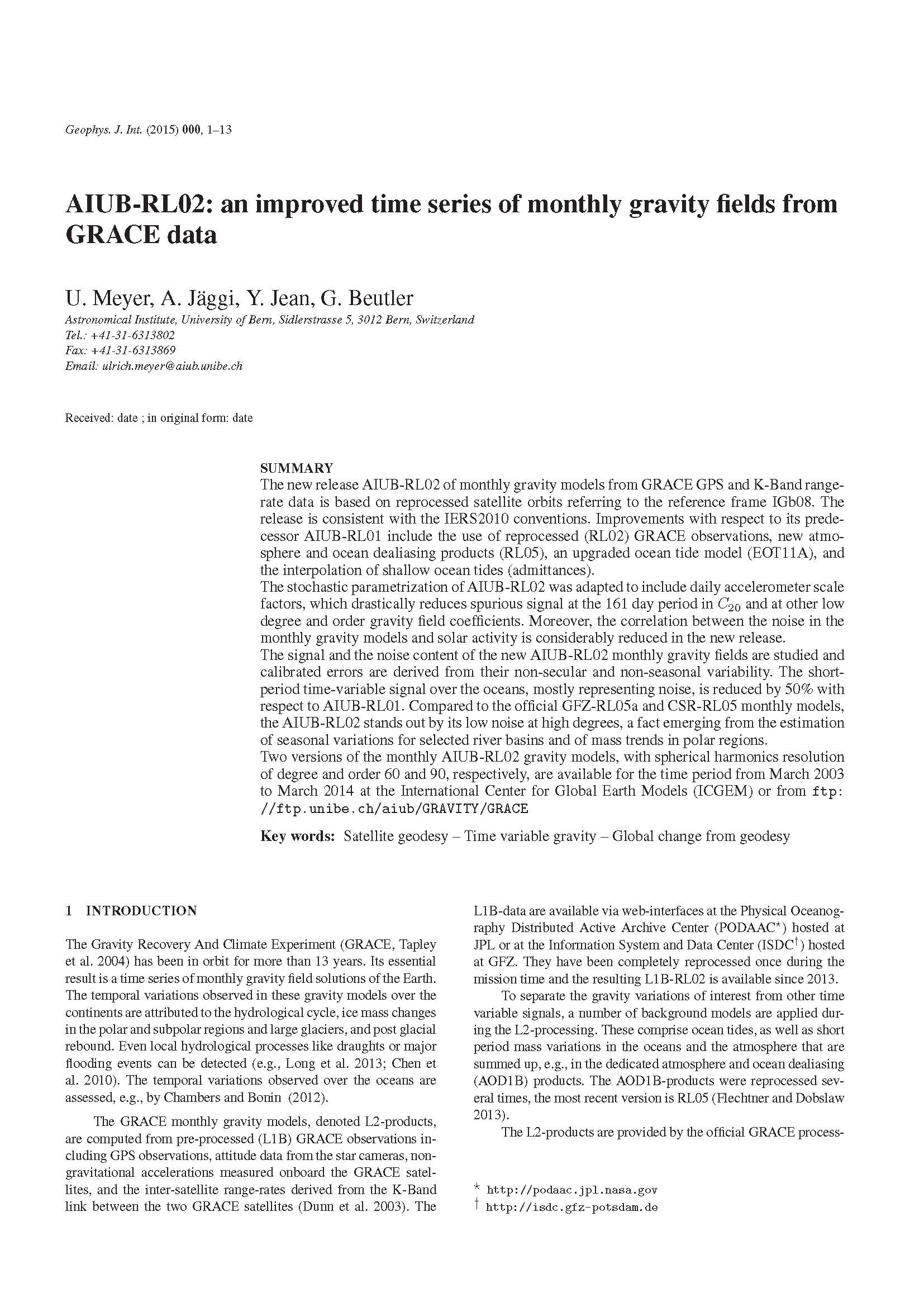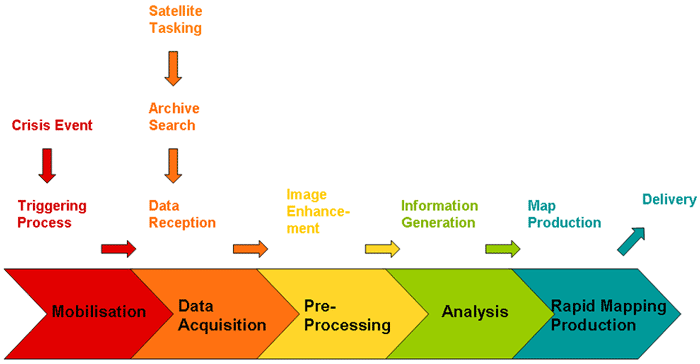This May, the fifth ESA Living Planet Symposium (LPS) was held in Prague, Czech Republic. Over 3000 participants from diverse scientific background, ranging from land management over geomagnetism to cryospheric sciences took part, making this the largest LPS to date. The keynotes from the Prime Minister of the Czech Republic, Bohuslav Sobotka and the ESA Director General, Johann-Dietrich Wörner highlighted the importance of Earth observation data for climate and disaster monitoring.


